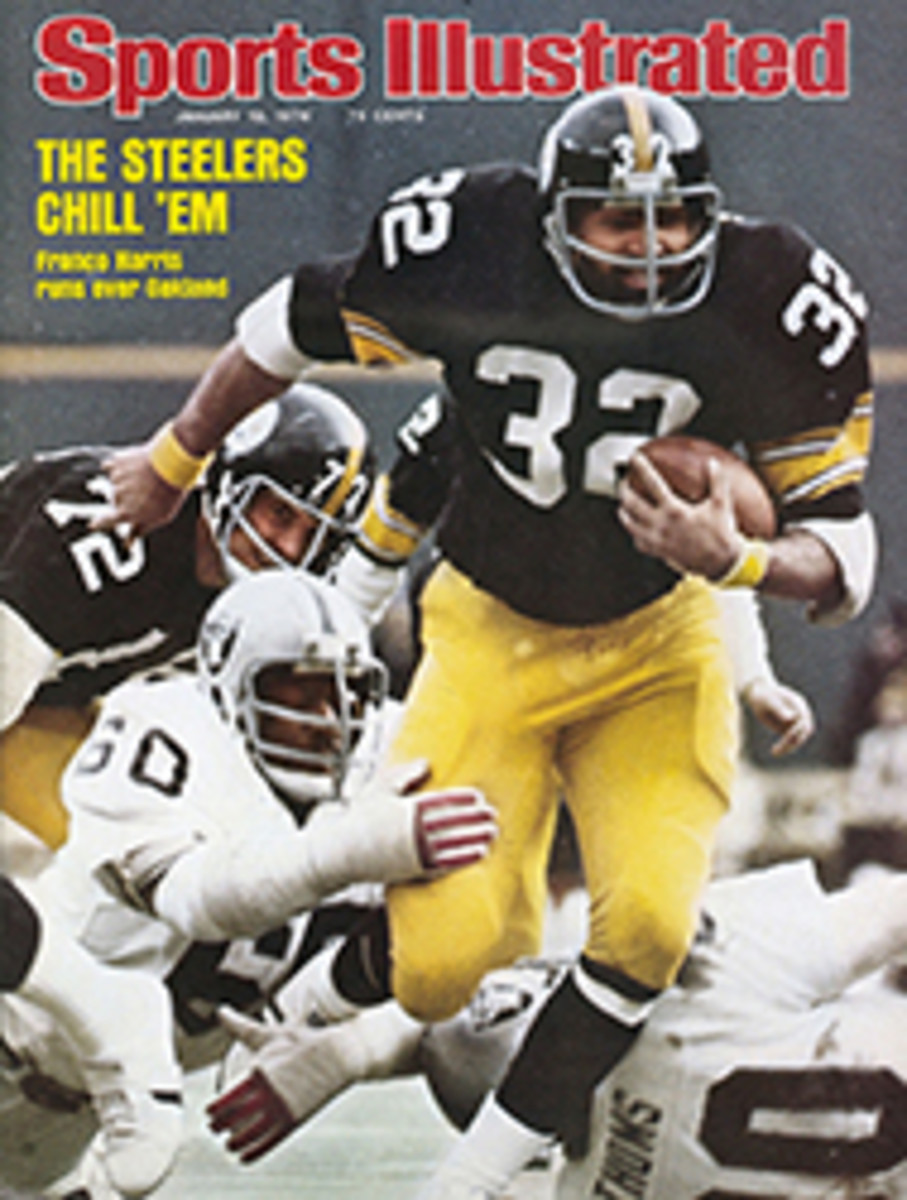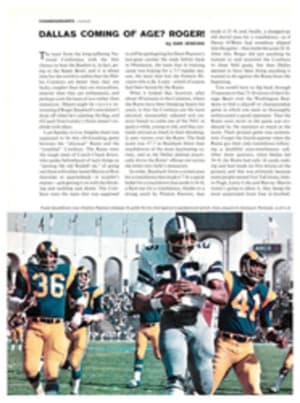
Gunning for a market
When the National Sporting Goods Association show opens on Feb. 5 in Chicago, one of the exhibits that 20,000 retailers will be examining closely is that of a relative newcomer to the gun business, a firm called Nikko. Last year, at the same show in Houston, the Japanese company, which for a dozen years had been making firearms for American manufacturers, introduced its own line of Golden Eagle shotguns. Now, after a year of extraordinary success, Nikko will be introducing several new shotguns, along with a line of Golden Eagle rifles.
No one has to remind the established firearms manufacturers of the dominant position Japanese firms have achieved in a relatively brief period of time in the photographic equipment and motorcycle industries. The technique used to break into the American market in both those instances—offering a well-crafted if not particularly innovative product at a price well below the going market rate—is the same that Nikko is using in the firearms field.
Firearms are a $550-million-a-year business in the U.S. and, unlike some others, an industry that has proved to be virtually recession-proof. According to the National Sporting Goods Association, the sale of firearms and related goods rose nearly 25% in 1974, from $776 million in 1973 to $967 million, and business appears to have been even better last year. In fact, the number of shooters in the field and on the firing line has been increasing for the past two decades. Sales of hunting licenses are up. Migratory-bird-stamp sales are up. Trap-and skeet-shooting registrations are up. Gun-club memberships are up. Hunter-safety course enrollments are up.
While this alone is encouraging to the industry, the whole picture is even brighter. Consider, for example, the possibility of a single sportsman shooting trap, skeet, big-and small-bore targets, ducks, geese, pheasant, grouse, squirrels, deer, mountain sheep and bear in the course of a few seasons. To do so, he might use as many as eight different shotguns and seven rifles.
In addition to the many different firearms used in the many different shooting sports, not a few people buy guns simply for the pleasure of collecting them. And unlike automobiles, which depreciate the moment they are driven from the showroom, a fine firearm is an excellent investment; more often than not it increases in value with time.
Arms manufacturers have been cashing in on this phenomenon for years both by bringing out commemorative issues of classics and by producing ever more elaborate contemporary weapons. For the gun room or the field, there is palpable pleasure in owning a firearm with an exquisitely engraved receiver or a delicately checkered rosewood stock. There is also a world of difference, not to mention several thousand dollars, between shooting a Sears Roebuck double and a Purdey.
But the number of Americans who can still afford Purdeys or any of the other classic European shotguns is limited. The cost of producing such shotguns in Britain, Belgium and Italy, along with the dearth of craftsmen in these countries since World War II, has pushed their prices well beyond the means of all but the wealthiest connoisseurs. Along with 12-room hunting lodges, liveried servants and ocean-going yachts, elegantly engraved side-by-side doubles are in danger of becoming curiosities.
There was a time not too long ago when Winchester's Model 21 Custom Grade, probably the finest side-by-side double made in this country, was at least within dreaming range of much of the shooting population, but that too is past. It now sells for close to $4,000 and Winchester claims to be hard-pressed to make a profit on it even at that price.
It was, in fact, the escalating costs of manufacturing quality double-barrel shotguns that first prompted Olin, Winchester's parent company, to look to Japan, the low-cost-duplication capital of the world. The idea was not to start turning out Model 21s in the Orient—the 21 will still be made in this country—but to begin producing a shotgun combining high-quality workmanship with good wood and engraving at a price the average sportsman could afford.
The Model 101, first introduced in 1963, was the product of the alliance between Winchester and Kodensha Co. Ltd., a Japanese arms manufacturer. At $249 it was an immediate success, an over/under of quality at a price well below that of its best-known competitor, the $315 Belgium-made Browning Superposed. Soon other U.S. manufacturers, including Ithaca, High-Standard and Weatherby, were selling Japanese-made firearms under their own labels.
While more and more manufacturers were looking to the East, some Kodensha executives broke away to form their own firm, Nikko Firearms Company Ltd., and were taking a long look in the other direction. By the summer of 1974 they were convinced that Nikko should try for a piece of the American action on its own, specifically in the prestige area. Backed by the financial resources of its parent company, Kanematsu-Gosho USA, Ltd., Nikko hired former U.S. Air Force Colonel Marion (Robbie) Robinson, to oversee sales, distribution and promotion. Robinson, 53, had been regional sales manager for Weatherby Inc. since his retirement from the service in 1965 and in the following three years had doubled Weatherby's sales.
His first move for Nikko was to take all its models then in production—upwards of a dozen—and extract from them the qualities to be incorporated into a single line of shotguns designed specifically for American shooters. And he told his Japanese bosses that Americans looked for styling and a relatively low price tag.
The end product of Robinson's expertise and Nikko's craftsmanship provides just that. Manufactured in three grades, primarily determined by the types of wood and amount of engraving, Golden Eagle prices range from $699 for Grade I to $2,299 for Grade III. All the guns look as if they cost a lot more; for example, the Golden Eagle symbol, designed by noted goldsmith Sid Bell and inlaid in the receiver, is 14-karat gold and each gun comes in its own foam-fitted carrying case. In addition to these prestige touches, each gun carries a lifetime guarantee for the original owner.
The first 12- and 20-gauge Golden Eagle over/unders were exhibited last January in Houston. Six months later, Nikko had sold a million dollars' worth of them to dealers. "We could have sold twice that many," Robinson claims, "but our early production could not meet the demands."
Impressed with its success, next month in Chicago Nikko will introduce a Golden Eagle semiautomatic shotgun, as well as a line of large-bore (.243-.458) bolt-action rifles to sell for around $350. Quite obviously, Nikko is gunning for big game.
PHOTO
NIKKO'S GOLDEN EAGLE SHOTGUNS RANGE FROM $699 (TOP) TO $2,299 (MIDDLE)

